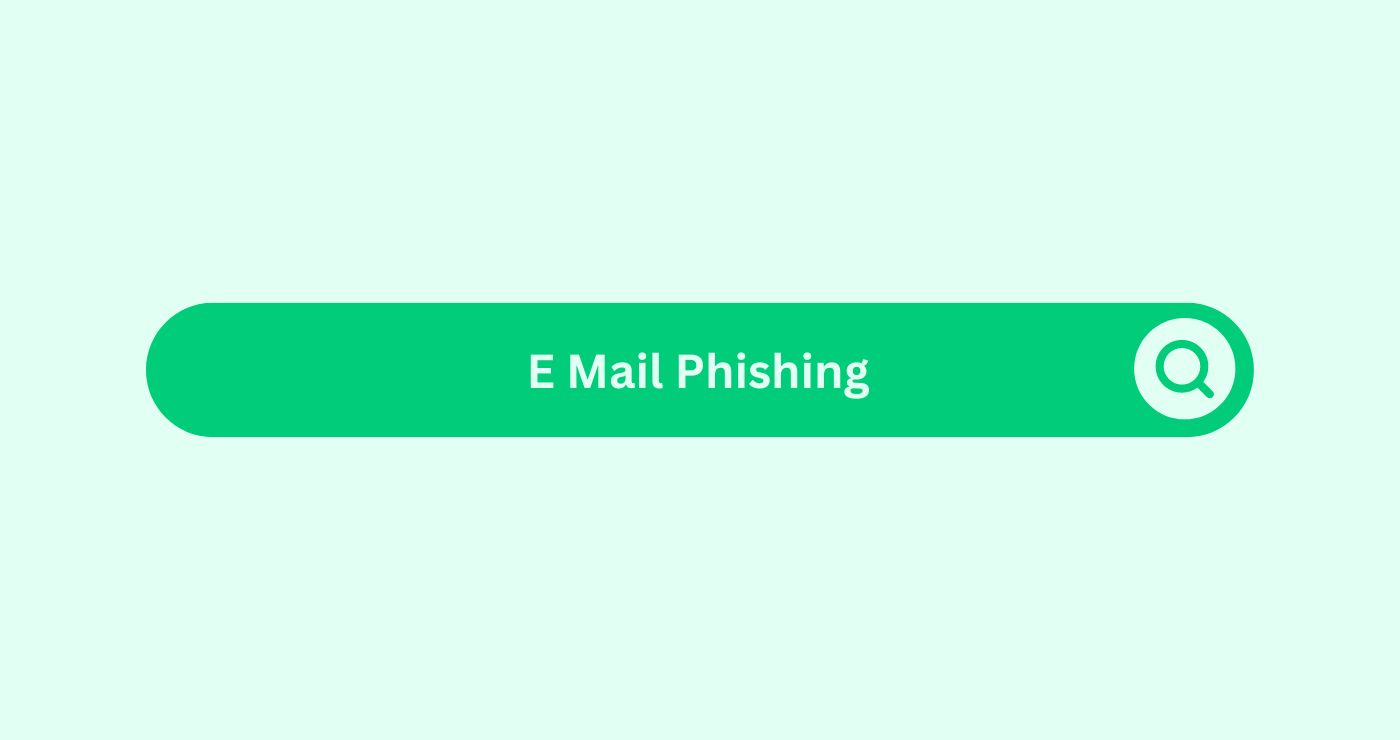Definition
Email Phishing is a cyber-attack technique where attackers send fraudulent emails disguised as legitimate communications to trick recipients into revealing sensitive information, such as passwords, credit card numbers, or personal details. Phishing emails often appear to come from trusted sources, such as banks or well-known companies, and may contain malicious links or attachments.
How You Can Use
Example: A cybercriminal targets employees of a financial institution by sending a spoofed email that appears to be from the company’s IT department. The email claims there is an urgent need to update their login credentials and provides a link to a fake login page. When employees enter their information, the attackers capture their usernames and passwords, gaining unauthorized access to the company’s internal systems.
Key Takeaways
- Be cautious of unsolicited emails, especially those requesting sensitive information.
- Verify the sender’s email address and be wary of slight variations that mimic legitimate domains.
- Avoid clicking on links or downloading attachments from unknown or suspicious emails.
- Implement multi-factor authentication (MFA) to add an extra layer of security.
- Educate employees and users about recognizing and reporting phishing attempts.
FAQs
What is email phishing?
Email phishing is a technique where attackers send fraudulent emails to trick recipients into revealing sensitive information.
How does Email Phishing work?
It works by sending emails that appear to be from legitimate sources, prompting recipients to click on malicious links or provide confidential information.
Why is Email Phishing dangerous?
Email phishing is dangerous because it can leadDefinition A Lead in the context of SEO refers to a potentia... to identity theft, financial loss, and unauthorized access to sensitive information.
How can I recognize a phishing email?
Recognize phishing emails by looking for signs such as generic greetings, urgent language, suspicious links, and incorrect or misleading email addresses.
What should I do if I receive a phishing email?
If you receive a phishing email, do not click on any links or download attachments. Report it to your IT department or email provider.
How can I protect myself from Email Phishing?
Protect yourself by verifying email senders, avoiding suspicious links, using multi-factor authentication, and keeping your software updated.
Can Email Phishing be reported?
Yes, phishing emails can be reported to your email provider, IT department, or relevant authorities such as anti-phishing organizations.
What are the common targets of Email Phishing?
Common targets include individuals, businesses, and organizations, particularly those with access to valuable or sensitive information.
How often do phishing attacks occur?
Phishing attacks are frequent and have increased in recent years, targeting various sectors and users globally.
What are some tools to detect Email Phishing?
Tools to detect phishing include email filters, anti-phishing software, and browserDefinition A browser is a software application used to acces... extensions designed to identify and block fraudulent websites.




